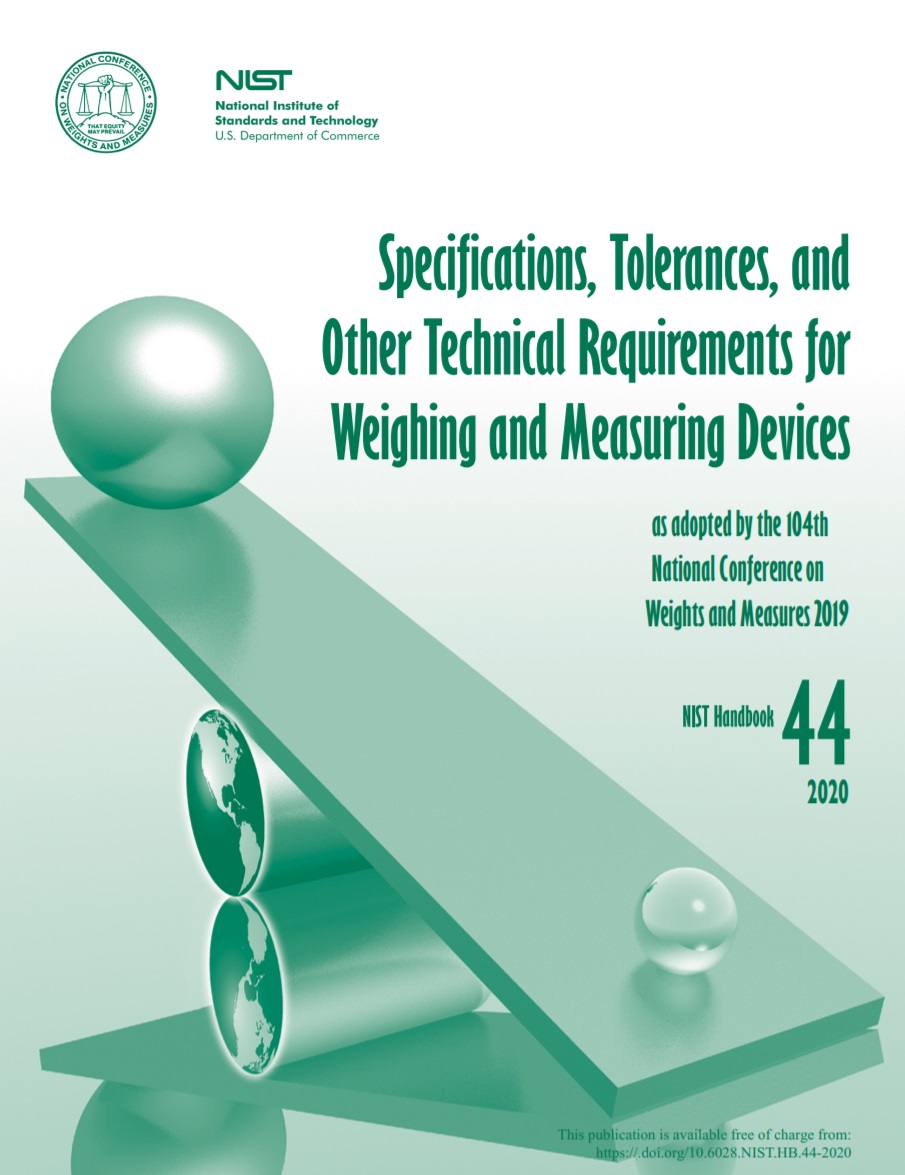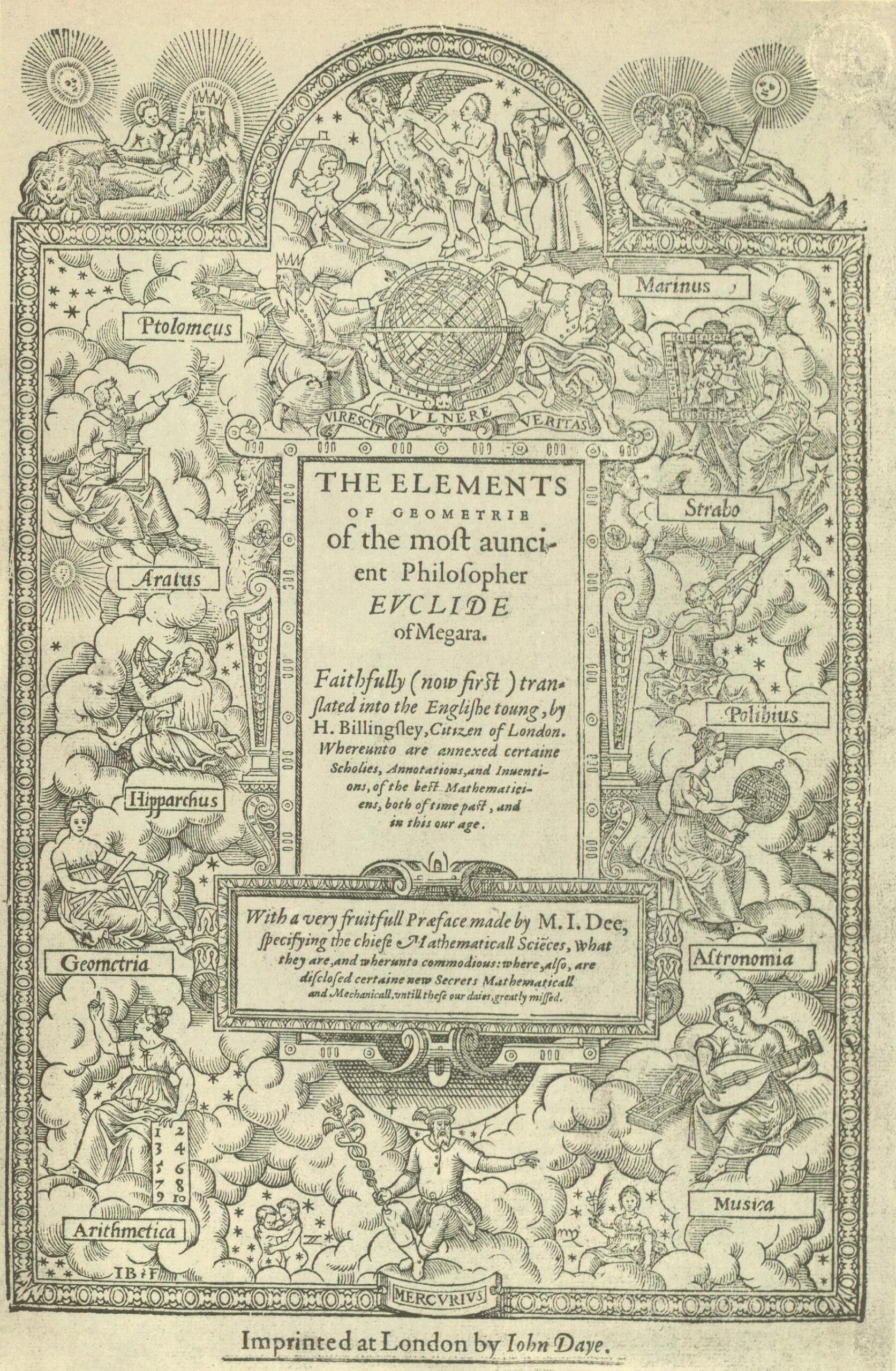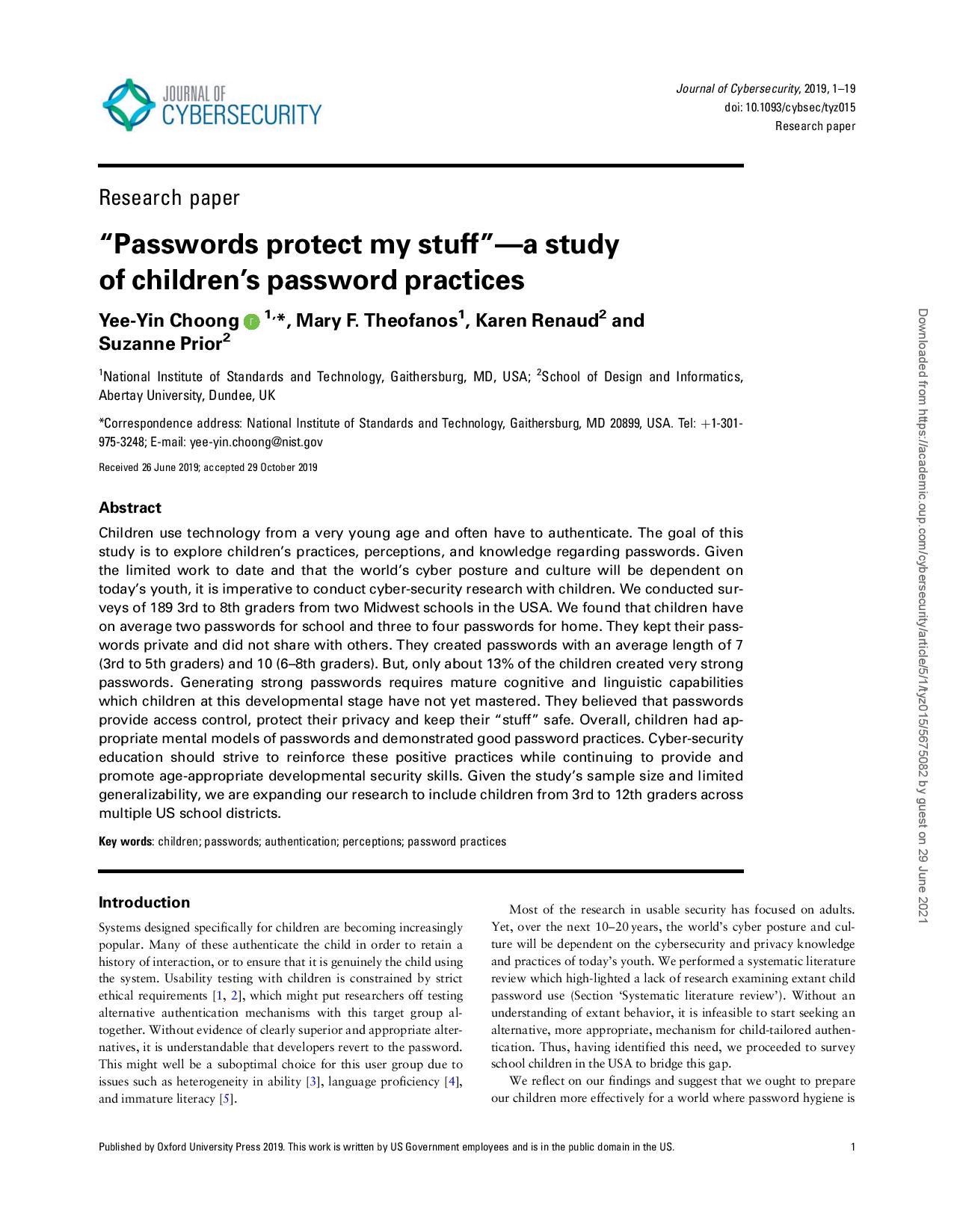How Do You Measure the Percentage of Alcohol in Beer, Wine and Other Beverages?
Category Archives: @NIST
- Home
- Archive by category "@NIST"

AI Risk Management Framework
- Evaluating LLMs for Real-World Vulnerability Repair in C/C++ Code
NIST conducted a study to evaluate the capability of advanced LLMs, such as ChatGPT-4 and Claude, in repairing memory corruption vulnerabilities in real-world C/C++ code. The project curated 223 code snippets with vulnerabilities like memory leaks and buffer errors, assessing LLMs’ proficiency in generating localized fixes. This work highlights LLMs’ potential in automated code repair and identifies limitations in handling complex vulnerabilities.
- Translating Natural Language Specifications into Access Control Policies
This project explores the use of LLMs for automated translation and information extraction of access control policies from natural language sources. By leveraging prompt engineering techniques, NIST demonstrated improved efficiency and accuracy in converting human-readable requirements into machine-interpretable policies, advancing automation in security systems.
- Assessing Risks and Impacts of AI (ARIA) Program
NIST’s ARIA program evaluates the societal risks and impacts of AI systems, including LLMs, in realistic settings. The program includes a testing, evaluation, validation, and verification (TEVV) framework to understand LLM capabilities, such as controlled access to privileged information, and their broader societal effects. This initiative aims to establish guidelines for safe AI deployment.
- AI Risk Management Framework (AI RMF)
NIST developed the AI RMF to guide the responsible use of AI, including LLMs. This framework provides a structured approach to managing risks associated with AI systems, offering tools and benchmarks for governance, risk assessment, and operationalizing trustworthy AI across various sectors. It’s widely applied in LLM-related projects.
- AI Standards “Zero Drafts” Pilot Project
Launched to accelerate AI innovation, this project focuses on developing AI standards, including those relevant to LLMs, through an open and collaborative process. It aims to create flexible guidelines that evolve with LLM advancements, encouraging input from stakeholders to ensure robust standards.
- Technical Language Processing (TLP) Tutorial
NIST collaborated on a TLP tutorial at the 15th Annual Conference of the Prognostics and Health Management Society to foster awareness and education on processing large volumes of text using machine learning, including LLMs. The project explored how LLMs can assist in content analysis and topic modeling for research and engineering applications.
- Evaluation of LLM Security Against Data Extraction Attacks
NIST investigated vulnerabilities in LLMs, such as training data extraction attacks, using the example of GPT-2 (a predecessor to modern LLMs). This project, referencing techniques developed by Carlini et al., aims to understand and mitigate privacy risks in LLMs, contributing to safer model deployment.
- Fundamental Research on AI Measurements
As part of NIST’s AI portfolio, this project conducts fundamental research to establish scientific foundations for measuring LLM performance, risks, and interactions. It includes developing evaluation metrics, benchmarks, and standards to ensure LLMs are reliable and trustworthy in diverse applications.
- Adversarial Machine Learning (AML) Taxonomy for LLMs
NIST developed a taxonomy of adversarial machine learning attacks, including those targeting LLMs, such as evasion, data poisoning, privacy, and abuse attacks. This project standardizes terminology and provides guidance to enhance LLM security against malicious manipulations, benefiting both cybersecurity and AI communities.
- Use-Inspired AI Research for LLM Applications
NIST’s AI portfolio includes use-inspired research to advance LLM applications across government agencies and industries. This project develops guidelines and tools to operationalize LLMs responsibly, focusing on practical implementations like text summarization, translation, and question-answering systems.
Remarks:
- These projects reflect NIST’s focus on evaluating, standardizing, and securing LLMs rather than developing LLMs themselves. NIST’s role is to provide frameworks, guidelines, and evaluations to ensure trustworthy AI.
- Some projects, like ARIA and AI RMF, are broad programs that encompass LLMs among other AI systems, but they include specific LLM-related evaluations or applications.
Why You Need Standards
In 1936, a team of @NIST researchers, including optical physicist Irvine Gardner, joined National Geographic Society to observe June solar eclipse with a 9-inch astrographic lens Gardner designed. He has 9 patents, including for the wide-angle binocular telescope & range finder. pic.twitter.com/BblX8FnTBL
— USPTO (@uspto) April 3, 2024
Department of Justice Antitrust Case Filings
…When we talk about standards in our personal lives, we might think about the quality we expect in things such as restaurants and first dates. But the standards that exist in science and technology have an even greater impact on our lives. Technical standards keep us safe, enable technology to advance, and help businesses succeed. They quietly make the modern world tick and prevent technological problems that you might not realize could even happen…”
Innovation and Competitiveness in Artificial Intelligence
The International Trade Administration (ITA) of the U.S. Department of Commerce (DOC) is requesting public comments to gain insights on the current global artificial intelligence (AI) market. Responses will provide clarity about stakeholder concerns regarding international AI policies, regulations, and other measures which may impact U.S. exports of AI technologies. Additionally, the request for information (RFI) includes inquiries related to AI standards development. ANSI encourages relevant stakeholders to respond by ITA’s deadline of October 17, 2022.
Commerce Department Launches the National Artificial Intelligence Advisory Committee
Save the date! NIST is set to release our AI Risk Management Framework this week.
📅 Thursday, January 26 at 10am ET
📍 Livestream (no registration needed)Learn more: https://t.co/2YmN2R6bTV pic.twitter.com/muICEyRYcP
— National Institute of Standards and Technology (@NIST) January 23, 2023
Standard Reference Material
Metrology is the scientific discipline that deals with measurement, including both the theoretical and practical aspects of measurement. It is a broad field that encompasses many different areas, including length, mass, time, temperature, and electrical and optical measurements. The goal of metrology is to establish a system of measurement that is accurate, reliable, and consistent. This involves the development of standards and calibration methods that enable precise and traceable measurements to be made.
The International System of Units is the most widely used system of units today and is based on a set of seven base units, which are defined in terms of physical constants or other fundamental quantities. Another important aspect of metrology is the development and use of measurement instruments and techniques. These instruments and techniques must be designed to minimize errors and uncertainties in measurements, and they must be calibrated against recognized standards to ensure accuracy and traceability.
Metrology also involves the development of statistical methods for analyzing and interpreting measurement data. These methods are used to quantify the uncertainty associated with measurement results and to determine the reliability of those results.
Artificial Intelligence Standards
U.S. Artificial Intelligence Safety Institute
ANSI Response to NIST “A Plan for Global Engagement on AI Standards”
On April 29, 2024 NIST released a draft plan for global engagement on AI standards.
Comments are due by June 2. More information is available here.
Request for Information Related to NIST’s Assignments
Under Sections 4.1, 4.5 and 11 of the Executive Order Concerning Artificial Intelligence
The National Institute of Standards and Technology seeks information to assist in carrying out several of its responsibilities under the Executive order on Safe, Secure, and Trustworthy Development and Use of Artificial Intelligence issued on October 30, 2023. Among other things, the E.O. directs NIST to undertake an initiative for evaluating and auditing capabilities relating to Artificial Intelligence (AI) technologies and to develop a variety of guidelines, including for conducting AI red-teaming tests to enable deployment of safe, secure, and trustworthy systems.
Regulations.GOV Filing: NIST-2023-0009-0001_content
Browse Posted Comments (72 as of February 2, 2024 | 12:00 EST)
Standards Michigan Public Comment
Did you know? If you’ve seen clocks advertised to consumers as “atomic clocks,” those are actually listening to NIST radio stations’ time signals so they can count the seconds accurately. pic.twitter.com/hTTO0smikl
— National Institute of Standards and Technology (@NIST) January 31, 2024
What is time?
“What then is time? If no one asks me, I know what it is.
If I wish to explain it to him who asks, I do not know.”
Saint Augustine (“Confessions” Book XI)
One NIST electrical engineer has a unique perspective on the passage of time, being one of the keepers of time for the country. Read his take: https://t.co/99CqMgoSM8 pic.twitter.com/RrlbcTPfXx
— National Institute of Standards and Technology (@NIST) December 31, 2024
How Do You Measure the Percentage of Alcohol in Beer, Wine and Other Beverages?
How Do You Measure the Percentage of Alcohol in Beer, Wine and Other Beverages?https://t.co/WitMHCUKGdhttps://t.co/VS3p32cdGd@NIST pic.twitter.com/FPKBBSari9
— Standards Michigan (@StandardsMich) November 28, 2022
New update alert! The 2022 update to the Trademark Assignment Dataset is now available online. Find 1.29 million trademark assignments, involving 2.28 million unique trademark properties issued by the USPTO between March 1952 and January 2023: https://t.co/njrDAbSpwB pic.twitter.com/GkAXrHoQ9T
— USPTO (@uspto) July 13, 2023
Standards Michigan Group, LLC
2723 South State Street | Suite 150
Ann Arbor, MI 48104 USA
888-746-3670












